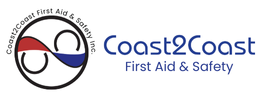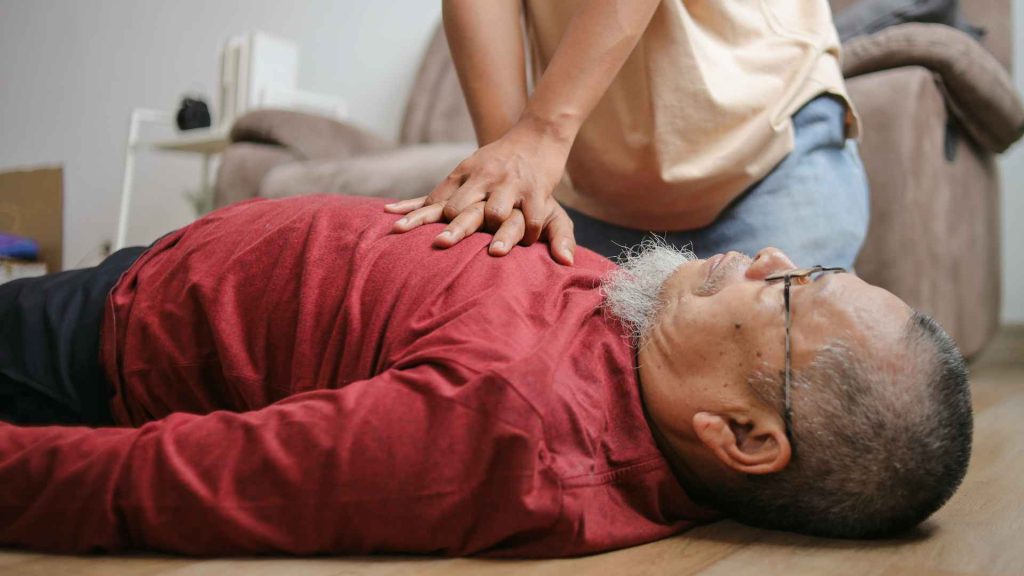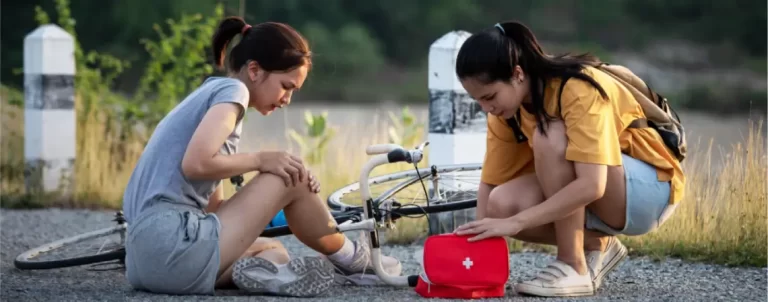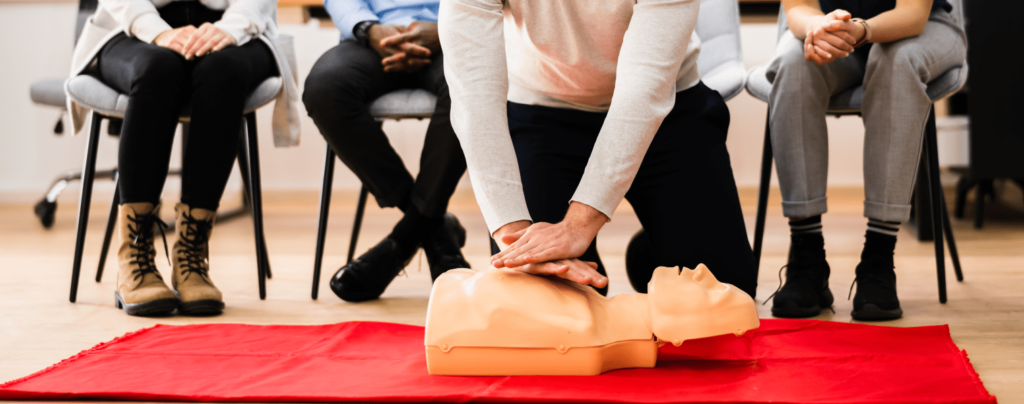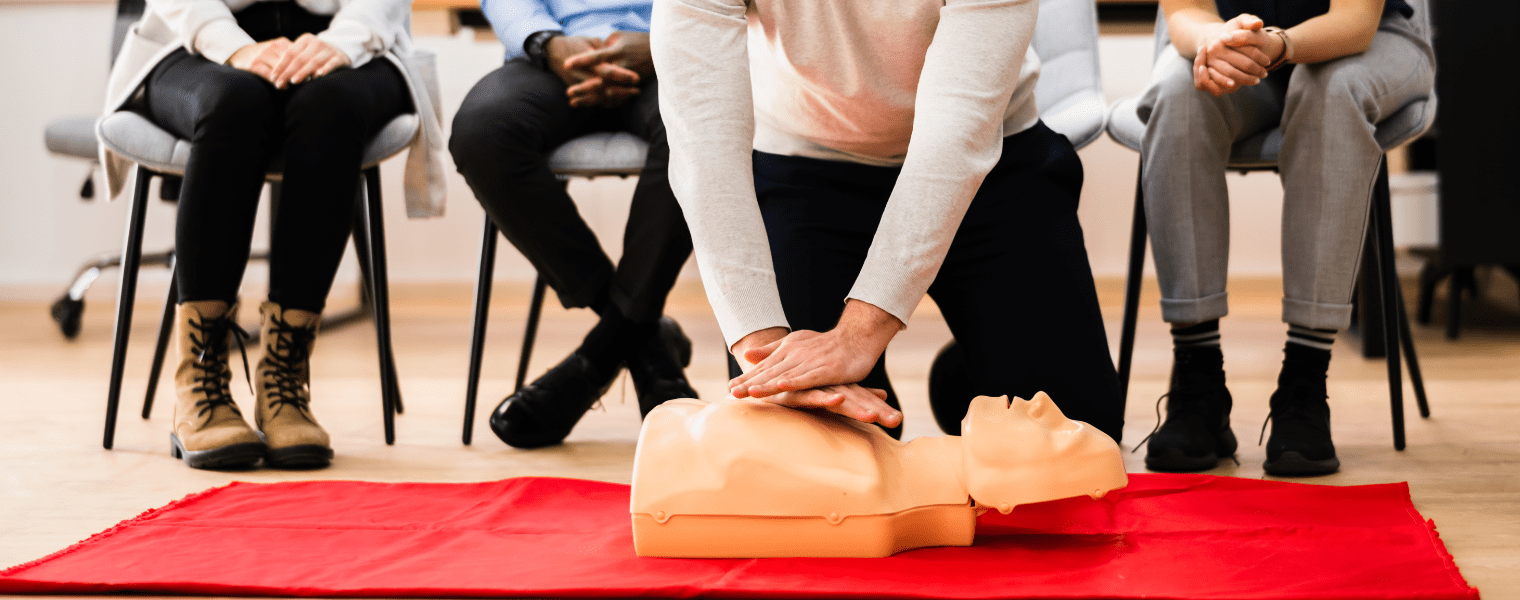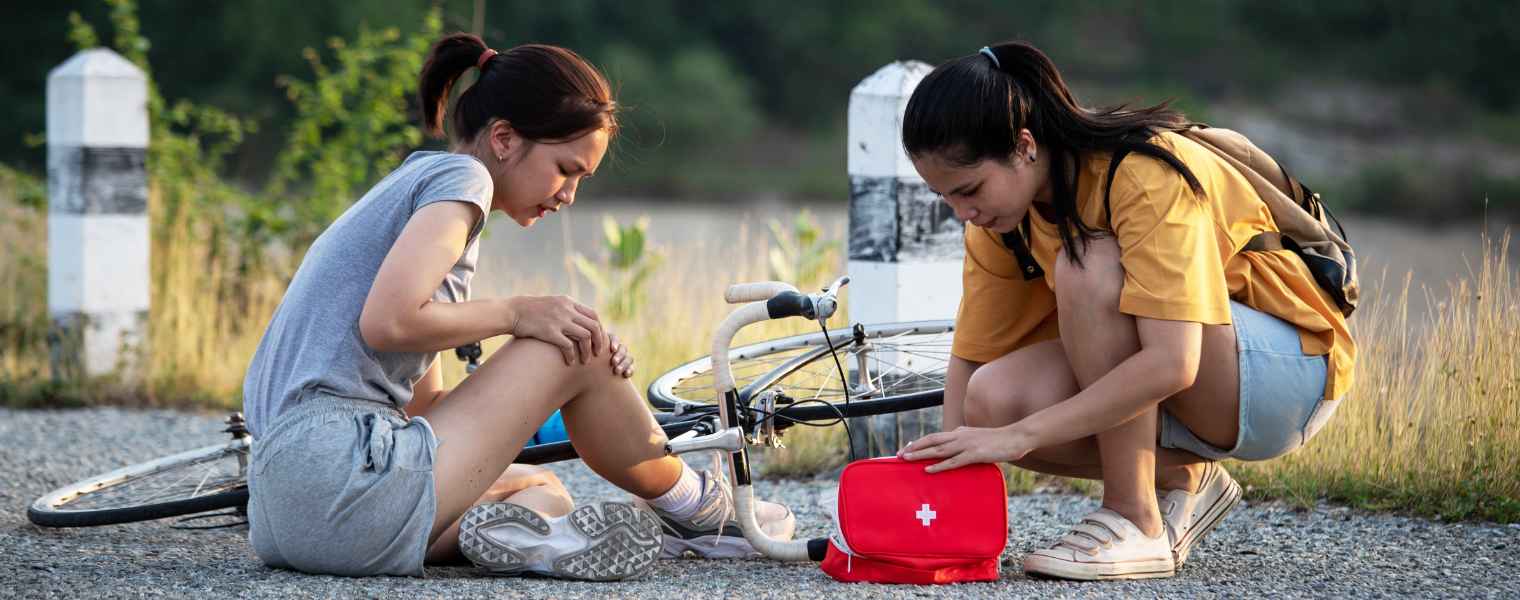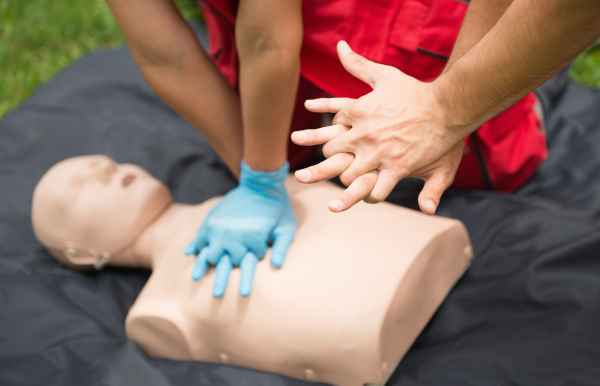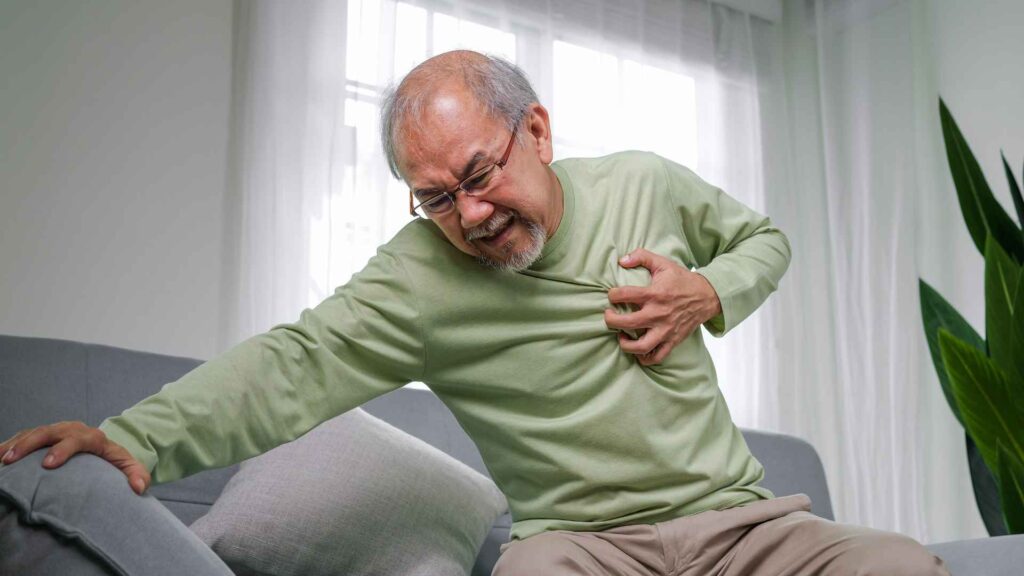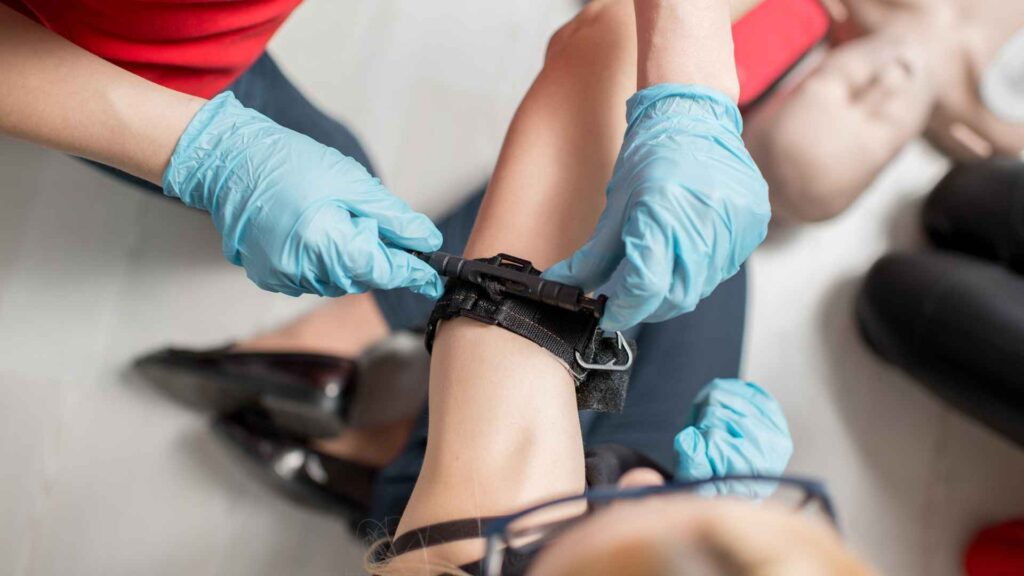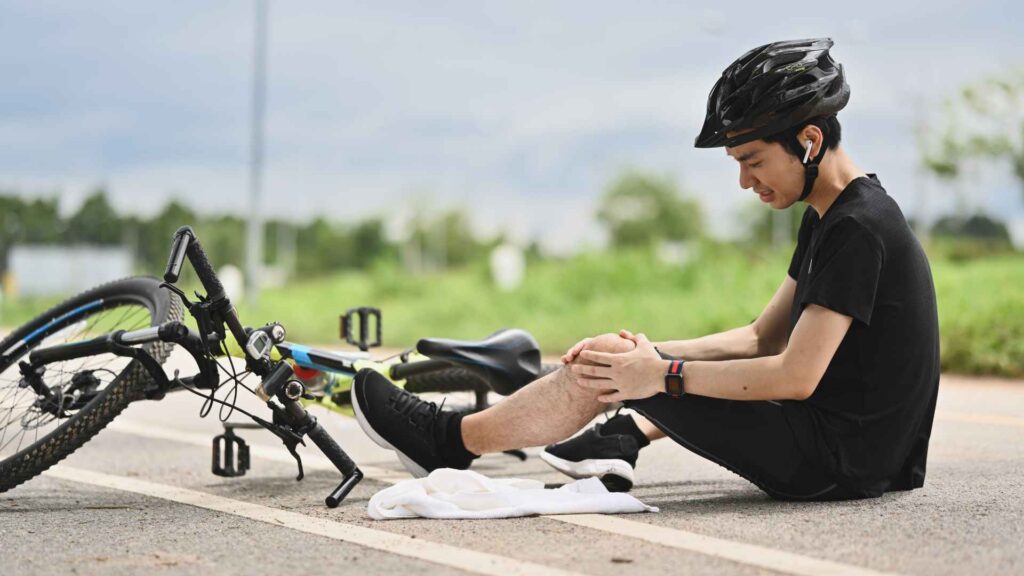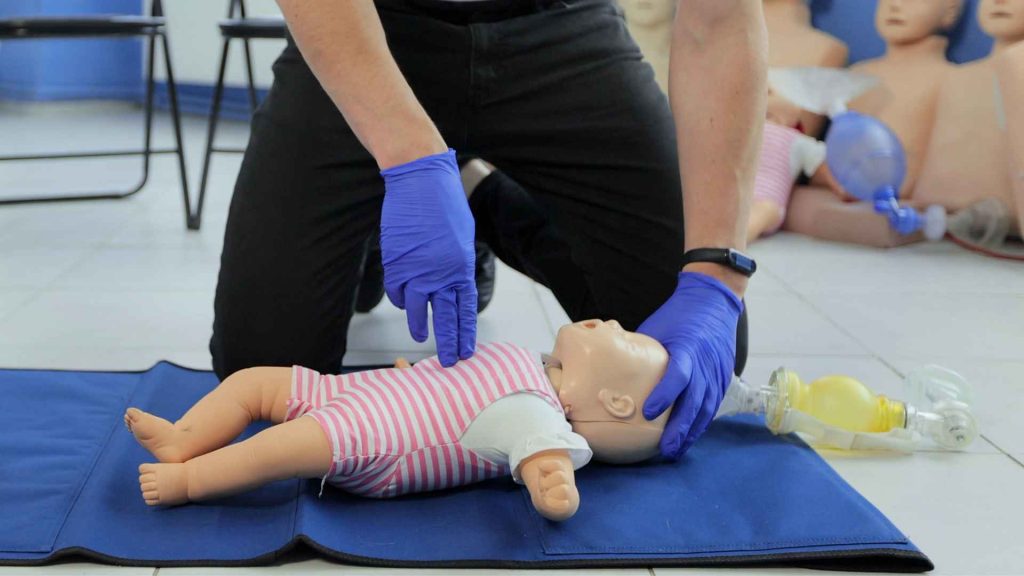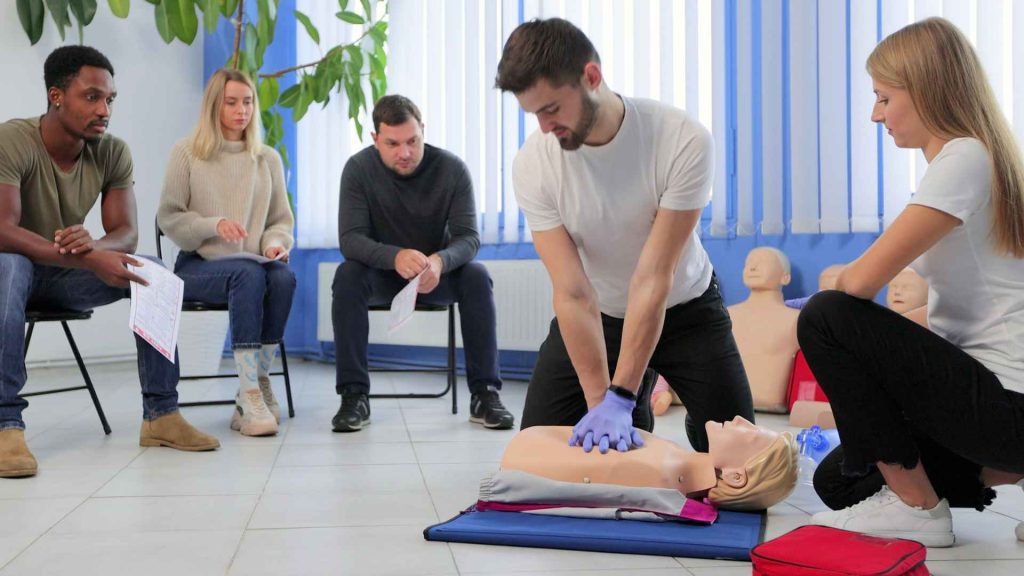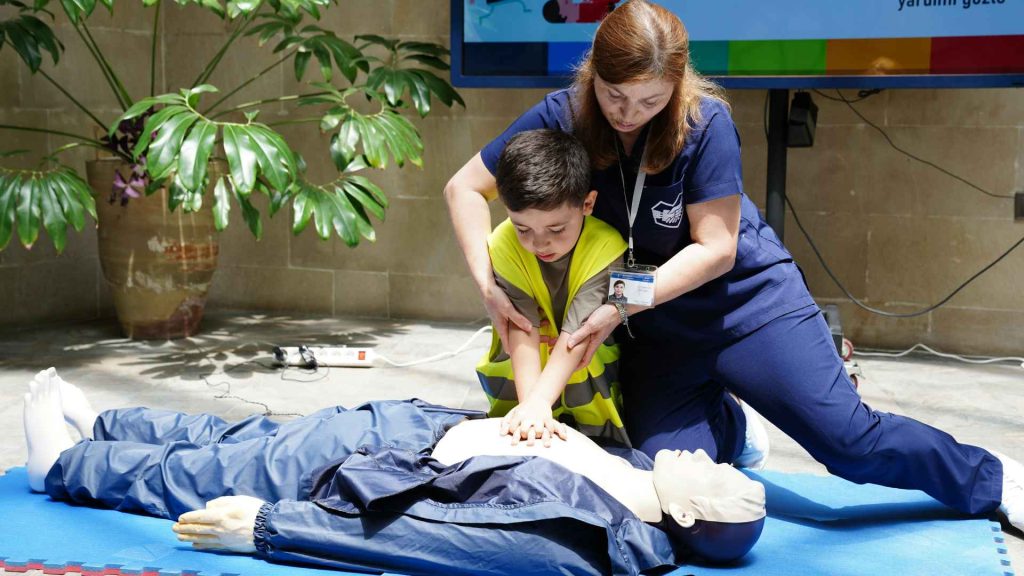Did you know that sudden cardiac arrest (SCA) claims more than 350,000 lives in the U.S. each year? Despite its high mortality rate, quick action can make all the difference. Every October, we observe National Sudden Cardiac Arrest Awareness Month to educate the public, promote life-saving skills, and highlight the importance of CPR and AED training.
In this blog, we’ll discuss sudden cardiac arrest, how it differs from a heart attack, warning signs, risk factors, and practical steps you can take to save a life.
What is Sudden Cardiac Arrest?
Sudden cardiac arrest occurs when the heart unexpectedly stops beating, usually due to an electrical malfunction. This is different from a heart attack, which happens when blood flow to the heart is blocked. While a heart attack can sometimes lead to sudden cardiac arrest, the two are not the same.
Sudden cardiac arrest is unpredictable and can strike anyone, even healthy individuals. That’s why awareness and preparedness are critical.
Sign Up For a CPR/AED Course
Why Sudden Cardiac Arrest Awareness Month Matters
October is designated as Sudden Cardiac Arrest Awareness Month to raise awareness about this silent killer. Many SCA incidents occur outside hospitals, where survival rates are alarmingly low. Rapid intervention from bystanders, CPR and AED use dramatically increase survival chances.
By participating in awareness campaigns, training programs, and community events, you can become part of the solution!
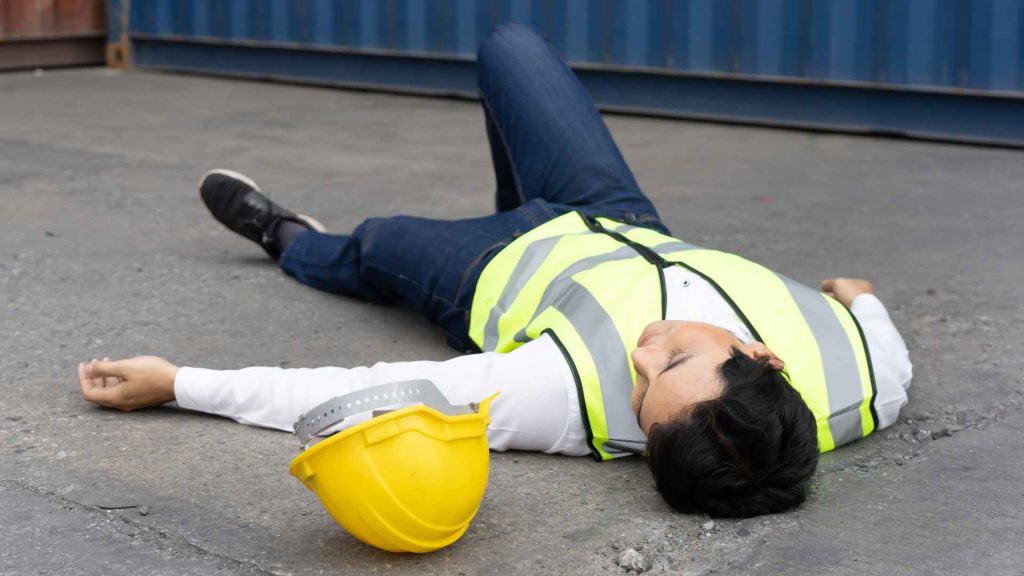
Signs, Symptoms, and Risk Factors of Sudden Cardiac Arrest
Recognizing sudden cardiac arrest early can save lives. Common signs include:
- Sudden collapse or loss of consciousness
- No breathing or abnormal breathing (such as gasping)
- No detectable pulse
Risk factors include:
- History of heart disease or arrhythmias
- Family history of sudden cardiac arrest
- Age (risk increases in adults over 35)
- Even seemingly healthy individuals can be affected
What To Do if Someone Experiences Sudden Cardiac Arrest
The chain of survival is crucial:
- Call 911 immediately – every second counts!
- Begin CPR – hands-only CPR is effective for adults
- Use an AED – automated external defibrillators, in combination with CPR, can restore heart rhythm
- Advanced care – emergency medical services take over once on scene
Every minute without defibrillation decreases survival chances by approximately 10%. Quick action from bystanders can be the difference between life and death.
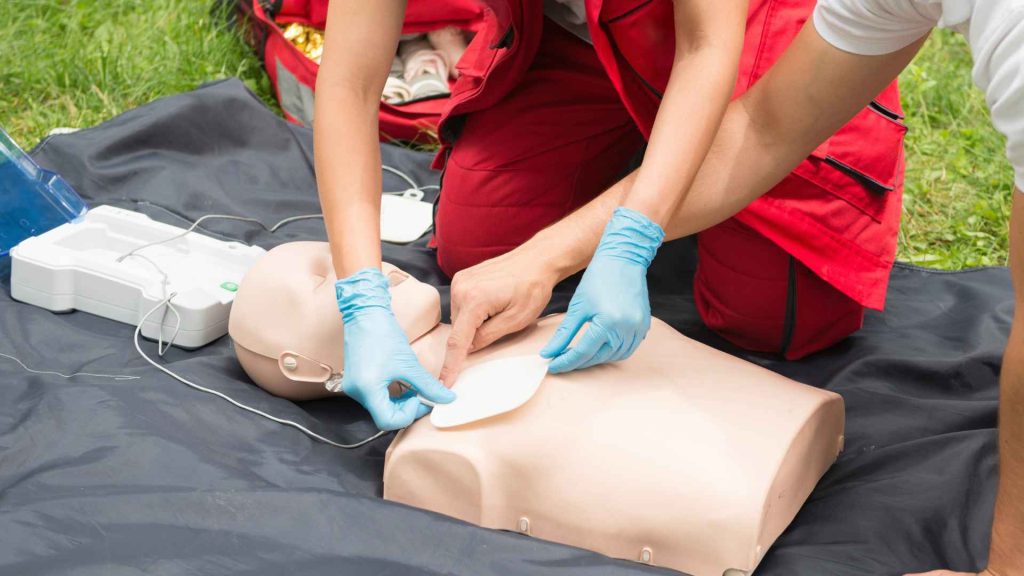
Prevention and Preparation
While SCA can happen without warning, risk can be reduced through:
- Managing heart conditions and arrhythmias
- Maintaining a heart-healthy lifestyle
- Ensuring AEDs are accessible at home, school, or work
- Training family, colleagues, and students in CPR
How You Can Get Involved
In October, U.S. organizations host events, training sessions, and social media campaigns. Here’s how you can participate:
- Attend or host a CPR/AED training session
- Share education posts about SCA on social media
- Advocate for AEDs in schools, workplaces, and public spaces
- Share survivor stories or experiences to inspire others
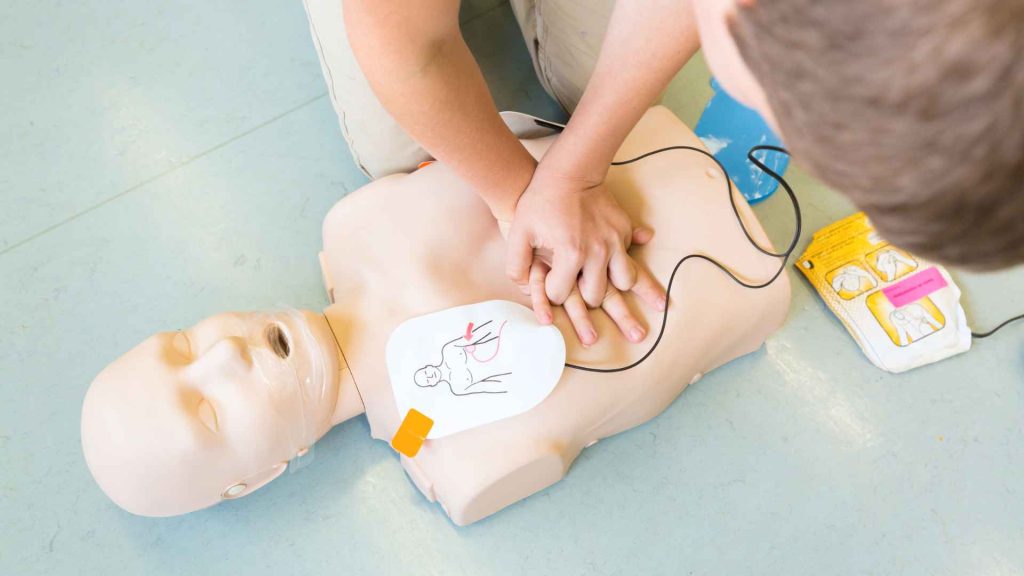
Why It Matters for Communities
Many sudden cardiac arrest events occur in homes, workplaces, and public spaces. Bystanders who are trained can save lives before emergency responders arrive. Schools, businesses, and community organizations should have emergency action plans, ensure AEDs are available, and train staff in CPR.
Educate Yourself on Sudden Cardiac Arrest Awareness
Cardiac arrest is sudden, often deadly, but entirely preventable with awareness, preparation, and rapid action. This October, during Sudden Cardiac Arrest Awareness Month, commit to being a lifesaver: get trained, check AED accessibility, and share this knowledge with your friends, family, and community.
